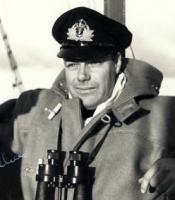
Alan Villiers
While not a particular believer in ghosts, if the ghost of Alan Villiers is about, I suspect that he must smiling. The arrival of the Mayflower II at Mystic Seaport Museum is the reunion, of sorts, of two ships long associated with the sailing ship captain and pioneer in sail training. In mid December, the Mayflower II was towed from Plymouth, MA to the Henry B. duPont Preservation Shipyard at Mystic Seaport in Connecticut where she will begin the first phase of a multi-year restoration.
The Mayflower II, a replica of the original ship which carried the Pilgrims across the Atlantic in 1620, has been the one of the key exhibits at the Plimoth Plantation at the State Pier on Plymouth’s waterfront. In 2013, the ship was found to be in need of a major refit. As noted on the Mystic Seaport website:
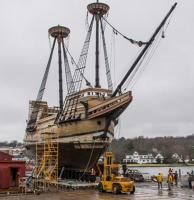
Mayflower II
“The restoration of the 57-year-old wooden ship will be carried out over several years with the ship spending winter and spring at Mystic Seaport and returning to Plymouth each summer and fall. The project is scheduled for completion prior to 2020–the 400th anniversary of the Pilgrims’ arrival.”
So what does this have to do with Alan Villiers? Continue reading

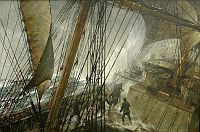 We hope that everyone is having a most merry Christmas. Here is a poem by
We hope that everyone is having a most merry Christmas. Here is a poem by 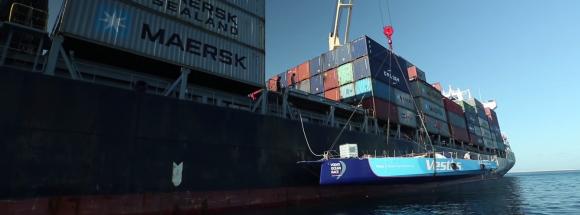 In the end of November, the
In the end of November, the 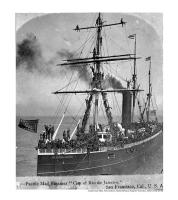
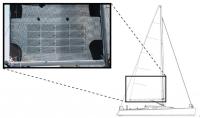 For roughly the last ten years,
For roughly the last ten years, 
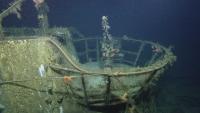
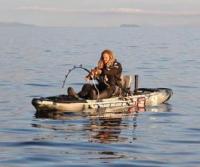
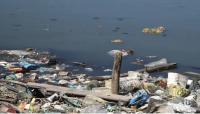 Last May,
Last May, 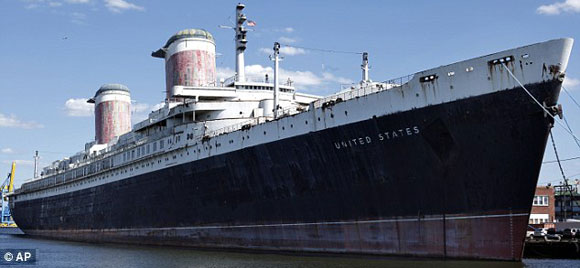 The
The 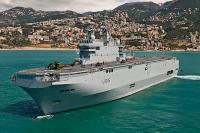 Back in 2010,
Back in 2010, 
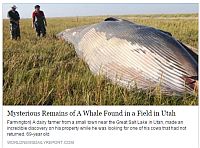 Another case of “I read it on the internet so it must be true.” The Internet spoof site, World News Daily Report posted “
Another case of “I read it on the internet so it must be true.” The Internet spoof site, World News Daily Report posted “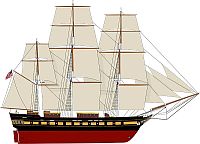 This morning we posted that the SSV
This morning we posted that the SSV 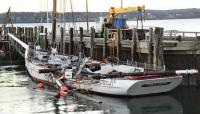
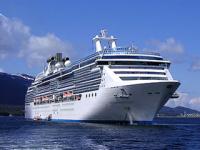 Here is yet another case of the media taking a wildly inaccurate sets of claims about ships at face value. The
Here is yet another case of the media taking a wildly inaccurate sets of claims about ships at face value. The